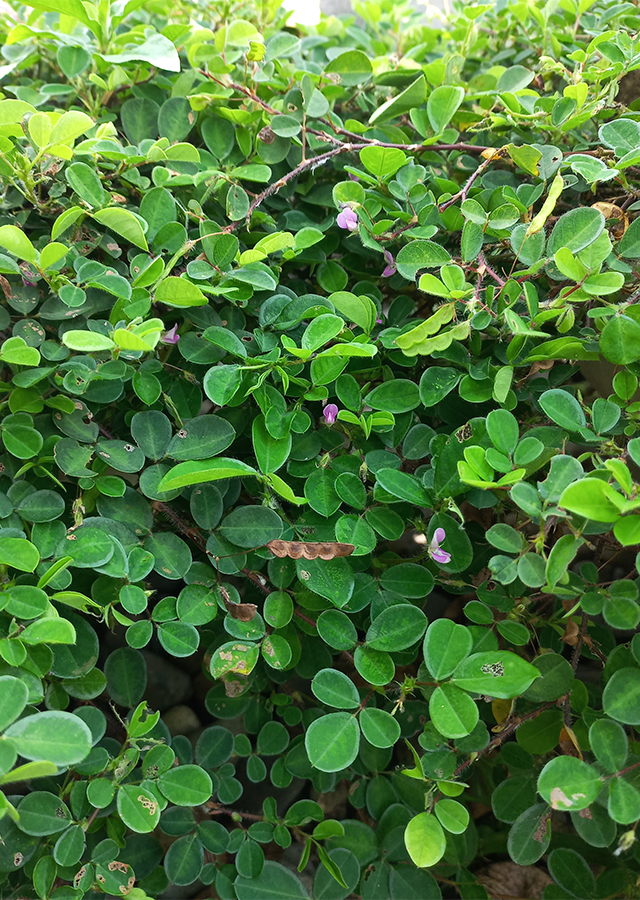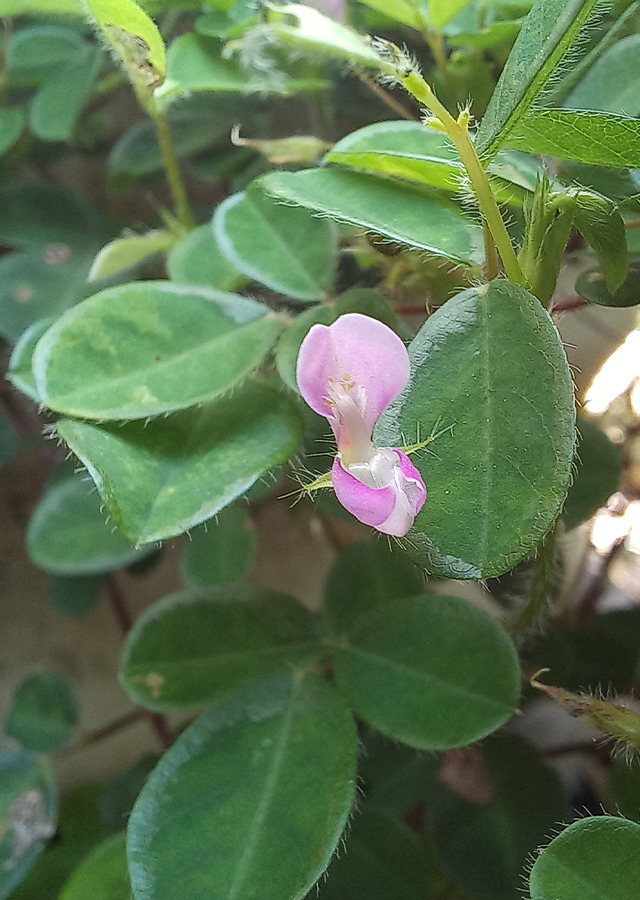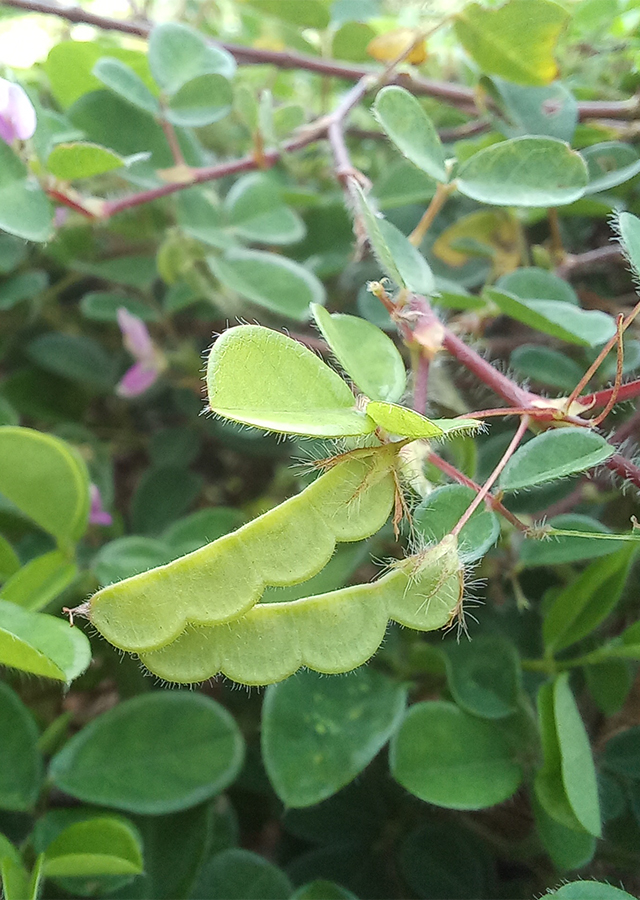Traditional Herbs from Grona adscendens
medicating_sick_ulu_liver
- Take a handful of tamala marada roots and leaves, wash until clean.
- Boil in three glasses of water.
- Strain then drink once a day while warm.
medicating_vital_tool_men_skortum_who_are_drawn_inwardly
- Take all parts plant\u00a0tamala marada to taste.
- Boil with 2 glasses of water until 1 glass remains.
- Strain then drink in the morning and afternoon.
What is Grona adscendens Looks like??



Parts of Grona adscendens that could be used
- Leaves
- Roots
- All Parts of the Plant
Grona adscendens Distribution
Tamala marada or Grona adscendens is a species from the Fabaceae family which is widespread in tropical areas of South America and Central America, the Caribbean, tropical Africa and tropical areas of Australia. This species has also been introduced throughout South and Southeast Asia and Melanesia. Tamala marada has a long history of use as a medicinal plant in America. It is especially valued as a treatment for asthma and allergies. Until now, tamala marada continues to be widely used in various countries as traditional medicine, especially by people in Mahaniwa Village and Praingkareha Village, East Nusa Tenggara, Indonesia. This species is classified as 'Least Concern' on the IUCN Red List of Threatened Species (2013). In Southeast Asia, tropical Africa, Zanzibar, and mainland Tanzania, tamala marada is also often used as a ground cover plant and green manure in various plantations.Agroecology of Grona adscendens
Tamala marada is usually found and naturalized in grasslands, fields and waste places, sometimes found on open hillsides and along forest paths up to an altitude of about 500 m above sea level. This species is also found growing in damp and shady locations in swamp forests, rain forests, river banks, roadsides and rice fields, at an altitude of 200 - 1,000 m above sea level. In equatorial areas, this species is found at an altitude of 200-1,000 m above sea level.
Morphology of Grona adscendens
- The taproot is spreading, there are root nodules to fix atmospheric nitrogen.
- The stem often branches heavily from the base and can be somewhat woody, rooted near the base, striated, softly hairy.
- The leaves usually have 3-5 leaves leaves, rarely only 1 leaflet, green, leaf blade elliptical, lanceolate, ovate or inverted egg, terminal leaflet (1.5-)2-4(-5.5) cm \u00d7 1-3 cm, lateral leaflets smaller, pointed to rounded at the base, tip or apex of the leaf pointed (acute) to blunt and split (emarginate), leaf margin flat, upper surface glabrous to sparsely pubescent, lower surface sparse to dense soft pilose . Petiole pilose.
- Flowers are small, usually paired. The flower petals (calyx) are covered with long persistent hairs, short tubular, 2-lipped, the second tooth of the pilose lobe is white, purple, pink, and blue, standard obovate, claws short, keel-petals somewhat triangular, truncated at apex that gradually narrows to long claws. Diadelphous stamens (stamens attached to each other to form two bundles), short hairy ovary, glabrous pistil (style), small stigma. Bracts ovate with long tapering apex, densely pubescent. Inflorescences are racemes or\u00a0panicles, located terminally or axillary, about\u00a0 4-20 cm long.
- The pods are narrow, oval, 3-6 jointed, broken along the lower seam, rarely short-stemmed, slightly swollen at the seed , densely covered with very short, hooked bristles.
- Seeds hard, flat, ellipsoid, 2.5-5.0 mm \u00d7 1.5 mm.
Cultivation of Grona adscendens
- Propagation of plants generatively (seeds) and vegetatively (wood cuttings, root cuttings, and division of clumps).
- Seeds are best sown as soon as they are ripe. Stored seeds make the seed coat hard, so scarification is needed before sowing to speed up and increase germination, by soaking for 12 - 24 hours in warm water. Seeds usually germinate within 1 - 4 months at a temperature of 25 \u00b0C.
Grona adscendens, more details :
Chemical Content of Grona adscendensFlavonoids, alkaloids, soyasaponins, terpenoids, steroids, phenols, phenylpropanoids, glycosides, tannins, and a number of essential oils.
Benefits of Grona adscendens
Treats asthma and allergies, heartburn, infections, venereal diseases, wounds, eczema, tuberculosis, diarrhea, constipation, dysentery, colic, malaria, hepatitis, rheumatism, eliminates muscle spasms and back pain, overcomes anxiety, digestion, impotence, strengthens the kidneys , cleans the blood, detoxifies the body from environmental toxins and chemicals, cleans the urinary tract, treats intractable male genitals, ovarian and uterine problems (such as inflammation and irritation, vaginal discharge, and bleeding), cleans the mother's breasts to smooth breast milk flow. This plant is analgesic, antiasthmatic, anti-inflammatory, antispasmodic, antihypertensive, antitussive, bronchodilator, digestive, laxative and soothing.
Simplisia of Grona adscendens
- Prepare enough tamala marada leaves, wash them thoroughly with running water.
- Dry them in the sun or in an oven at a temperature\u00a040\u00b0C\u00a0until the water content\u00a010%.
- Clean them using a blender until they become powder.", "Store in a clean, airtight container.
Another Facts for Grona adscendens :
Synonym of Grona adscendensDesmodium adscendens (Sw.) DC., Hedysarum adscendens Sw., Meibomia trifoliastra (Miq.) Kuntze, �
Habitus of Grona adscendens
Herb. Annual herb, grows upright in vines, can grow up to 100 cm high
Habitat of Grona adscendens
- Wetland", "Forest", "Roadside", "Shrub Area", "Grassland", "Land
No comments:
Post a Comment